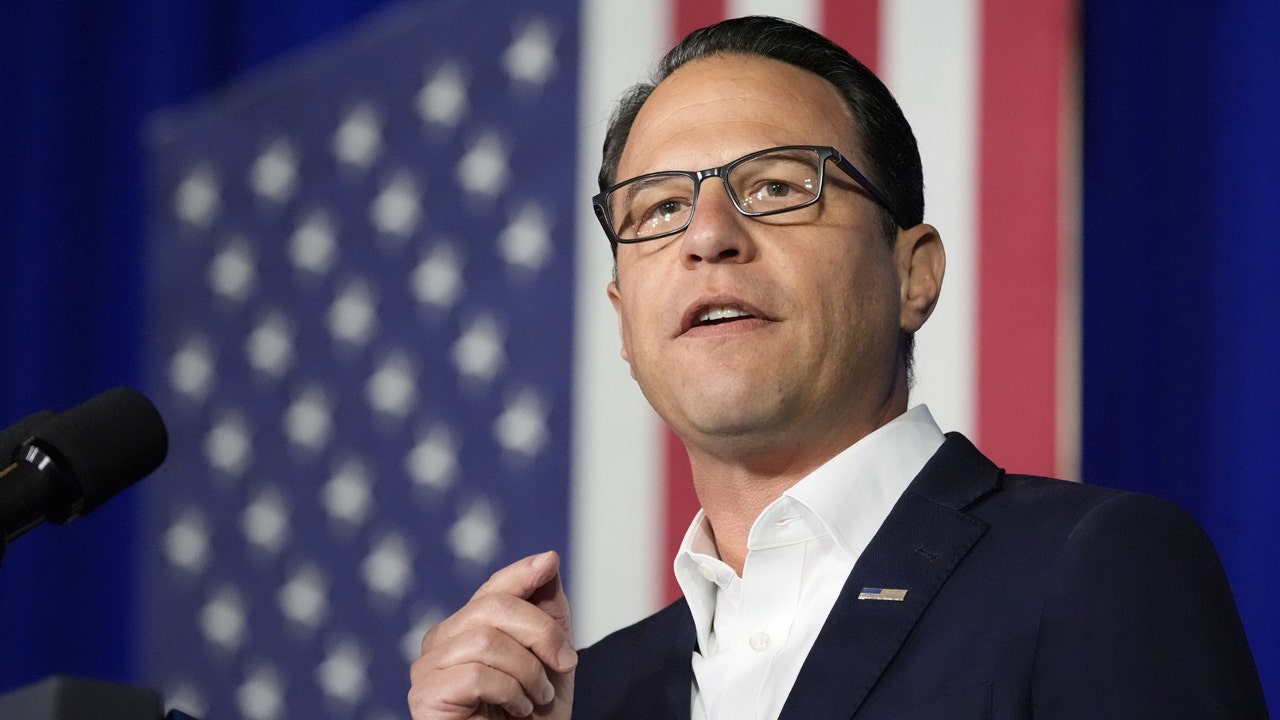A version of this story first appeared in CNN Business’ Before the Bell newsletter. Not a subscriber? You can sign up right here. You can listen to an audio version of the newsletter by clicking the same link.
Washington
CNN
—
America’s top central banker recently said the job market now looks the way it did before the Covid-19 pandemic drastically upended society. But that assertion may not be exactly right, according to ZipRecruiter’s chief economist.
“Overall, a broad set of indicators suggests that conditions in the labor market have returned to about where they stood on the eve of the pandemic, relatively tight but not overheated,” Federal Reserve Chair Jerome Powell said in a news conference Wednesday after the central bank signaled that it plans to cut interest rates just once this year.
The Fed chief said that the job market has come into “a better balance” over the past few years as the central bank aggressively lifted rates from near-zero starting in March 2022, which does coincide with what official government statistics show. The ratio of job openings to the number of unemployed job seekers, a measure Powell frequently cites to illustrate the job market’s tightness, is now 1.2 to one, down from 2 to 1 in the spring of 2022.
Worker filings for unemployment benefits fell to a 53-year low in 2022, reflecting an usually tight job market, but claims have trended upward since and are now roughly back to levels seen in the five years before the pandemic. The rate at which Americans are quitting their jobs is also back to pre-pandemic levels.
It’s true that today’s US job market is running at a slower pace than it did in the immediate aftermath of the pandemic, when the economy staged a stunning comeback from the brief recession in 2020. Powell said it’s just a matter of a continued “unwinding of the pandemic-related distortions to both supply and demand.”
However, the 2024 job market differs from 2019 in a few key ways. And those factors may not change anytime soon.
Before the Bell spoke with Julia Pollak, chief economist at jobs site ZipRecruiter, about her views of the job market.
(This interview has been edited for length and clarity.)
Before the Bell: Do you agree with Chair Powell’s view that today’s job market is back to a pre-pandemic normal?
Julia Pollak: No, I would say that this is not quite the same normal. It’s a new normal, and there are some key differences. We’re still adding employees faster than 2019. But under the surface, the labor market is different in that it’s slower, so the amount of churn, dynamism, hiring, firing, everything is slower.
Companies are slower to fire, they’re also slower to hire, and workers are slower to switch jobs. Now, is that necessarily a bad thing? It’s not clear.
Why is the job market slower now?
High interest rates [currently at a 23-year high] are holding back investments and causing businesses to sort of take a wait-and-see approach that is disincentivizing risk taking. They’re not hiring new grads at the same rate, they seem quite reluctant to do so. It’s a slower, stay-in-place economy, partly because of risk aversion in the face of high interest rates.
The quit rate being lower also suggests that there are fewer better alternatives for people than their current jobs. People are eager to hang on to their job that gives them flexibility. I think companies did a lot of soul searching during and after the pandemic amid labor shortages to meaningfully improve compensation, benefits and working conditions, and that also may have reduced attrition.
Unlike in 2019, there is more remote work and more flexible work. Remote and hybrid work are like five times bigger than they were before the pandemic. That’s here to stay.
But what about this persistently wide gap between job openings and the number of unemployed folks seeking work?
I think there’s reason to believe the labor market is actually less tight now than it was in 2019. The number of job openings is higher than it was by around 15% or so, but online job postings are actually lower by ZipRecruiter’s count.
You see this sort of gap widening between openings and hires and quits and everything else within [the Job Openings and Labor Turnover Survey].
It seems like we are systematically over-counting openings by more and more each year for some reason.
Investors are worried France could be facing a financial crisis if the political center collapses in upcoming parliamentary elections, leaving far-right populists in charge of the European Union’s second-biggest economy, my colleague Olesya Dmitracova reports.
President Emmanuel Macron called the snap elections a week ago after his party lost to the far right in a vote for EU lawmakers, a shock move that rattled markets for French stocks and government bonds.
There has been widespread speculation since then that the National Rally, the party of far-right doyenne Marine Le Pen, is poised to become the most powerful force in parliament, unseating Macron’s centrist bloc.
Such an outcome could make it harder to reduce France’s huge government debt pile, equal to 110.6% of gross domestic product at the end of last year, and could even add to it. A bitterly divided parliament would also struggle to cut the budget deficit — the gap between government spending and tax receipts — which reached 5.5% of GDP last year.
Monday: Earnings from Lennar and La-Z-Boy. Fed officials Patrick Harker and Lisa Cook deliver remarks. The New York Fed releases its Empire State Manufacturing Index for June.
Tuesday: The Reserve Bank of Australia announces its latest interest rate decision. The US Commerce Department releases May figures on retail sales and reports business inventories in April. The Federal Reserve releases May data on industrial production. Fed officials Tom Barkin, Susan Collins, Adriana Kugler, Lorie Logan, Alberto Musalem and Austan Goolsbee deliver remarks. Japan releases May data on trade flows.
Wednesday: The National Association of Home Builders releases its NAHB/Wells Fargo Housing Market Index for June.
Thursday: Earnings from Accenture, Kroger, Darden Restaurants, Jabil and Conn’s. The Bank of England announces its latest interest rate decision. The US Commerce Department releases May data on housing starts and building permits and separately reports on the current account deficit in the first quarter. The US Labor Department reports on the number of new applications for unemployment in the week ending June 15. The Philadelphia Fed releases its Manufacturing Index for June. Richmond Fed President Tom Barkin delivers remarks.
Friday: Earnings from CarMax. S&P Global releases June business surveys gauging economic activity in the US manufacturing and services sectors. The National Association of Realtors reports existing home sales in May.













